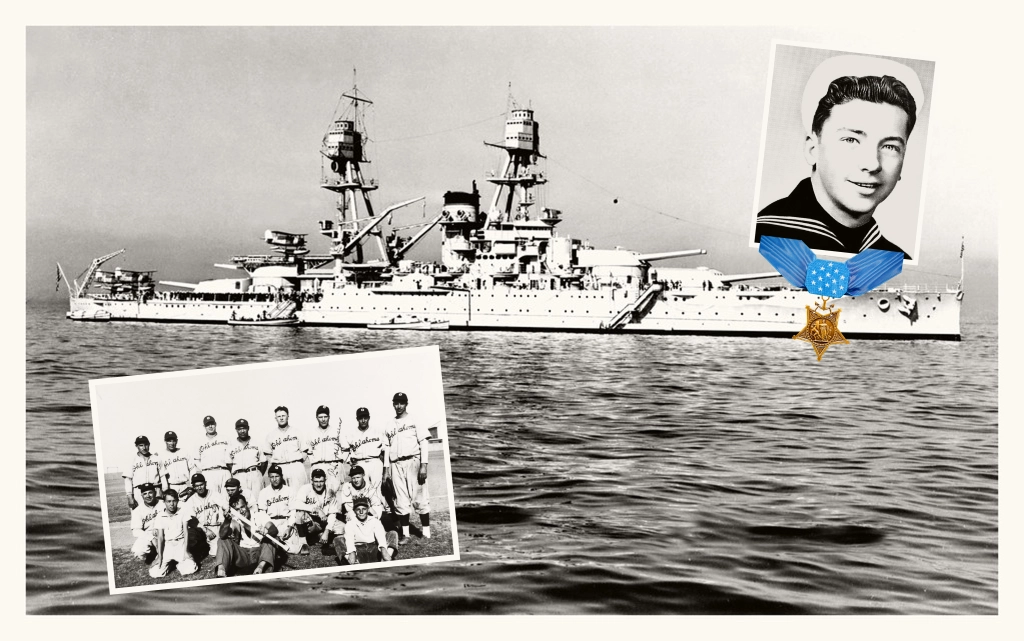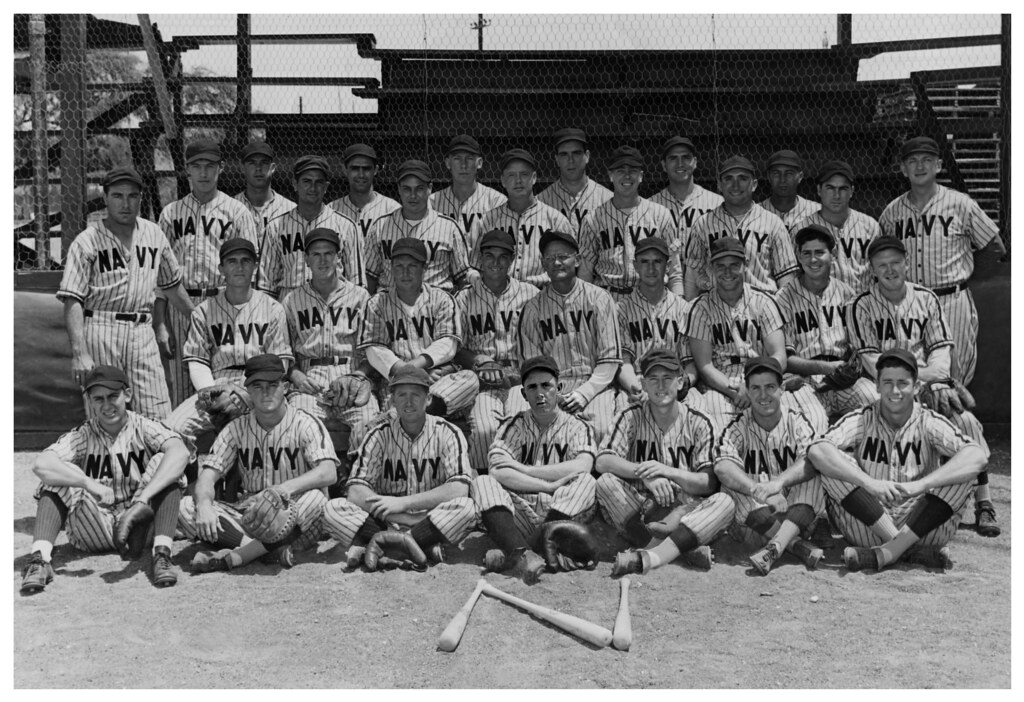Collectors are always learning and developing their expertise as they progress and grow their collection. Some areas of collecting have many pratfalls and entrapments that can draw us in and cause us to set aside certain obvious indicators when the item is something that is truly eye-catching. Vintage photograph collecting is an area of collecting that has been a long-standing pursuit, commencing well ahead of my militaria and military baseball interests, several decades ago. In addition, I have years of experience in the darkroom and digital studio directly pertinent to vintage photograph reproduction, editing, repairing and restoring that has served me very well in steering clear of the entrapments and obvious fakes and fraudulent photographs that dominate the hobby.
Before I delve too far into the subject of this article, I will insert a caveat – a rather significant one at that – I do not profess to be an expert in the realm of vintage photograph collecting. Though my collection of vintage prints (military baseball in particular) numbers in the hundreds, I am still learning. There are collectors that possess exceedingly greater knowledge that I tap into in hopes of preventing myself from being a victim of a seller’s ignorance or deception.

Though I have been focusing my photograph interest in the realm of military baseball, one ballplayer who, a professional prior to World War II, traded his San Francisco Seals flannels for the olive drab wool uniform of the Army Air Forces along with the flannels of a few USAAF ball clubs. Ferris Fain, following his three-plus years of wartime service, returned to the Seals for the 1946 season before being signed by Connie Mack’s Philadelphia Athletics, commencing his major league (if not somewhat mercurial) career in 1947. When I saw an image of Fain in his third All Star Game (1952) posed along with Al Rosen, Dom DiMaggio, Eddie Yost and Mickey Mantle, I foolishly ignored certain aspects of the photograph along with my own gut instinct before I commenced my pursuit.
The photograph has everything; three prominent stars of the game including the greatest Yankees center fielder, snapped at the All Star pregame festivities and four men who served during World War II (Mantle being the exception). Though the image was taken well after the war, it still had great baseball militaria-appeal. However, the principal factor for pursuing the photograph was centered on the As first baseman, Fain.
The seller’s description (and his 100% rating over a few thousand transactions) was a good sign.
“This is an 10×8 original photo from the negative of Ferris Fain, 1947-1955 with a .290 life time batting average. 2 time batting champ . Al Rosen, 1947-1956 .285 life time batting average. 5 years in a row 100 + Rbi’s. In 1953 he had 201 hits, 115 runs, league high 43 home runs and 145 Rbi’s. He also batted for a .336 average and was league MVP. Dom DiMaggio, 1940-1953 with a .298 life time batting average. 6 time 100 + runs. Brother of Vince and Joe DiMaggio. Eddie Yost, 1944-1962 with a .254 life time batting average. 5 times 100 + runs and 8 times 100 + walks. Hall of Famer Mickey Mantle, 1951-1968 with a .298 life time batting average. 536 home runs. 3 time MVP. Thank you for stopping by. At my Ebay Store I have autographed historical books, sports art work, cards, photos, photo negatives, autographed 16×20 photos, Hollywood and music stars, records and autographs. Buy 5 or more items and shipping is free.”

Even in the listing’s field stating if something is new or original, this seller indicated that the photo was not a new print. As with so many other vintage images that I have purchased at online auction, all previous sellers were quite accurate with both this field and their description. In hindsight, I should have sought specificity, avoiding what I now see as ambiguity with the the way the photo was listed.
When the photo arrived and I saw it with my eyes, I knew that I had been taken. The image was not only a copy, it wasn’t even a copy of an original or 2nd generation print. This photo was a copy of an image that had been published in a newspaper or magazine. To boot, the source that was duplicated still had tape-residue (as seen on Mickey’s legs at the bottom right of the image) which was discernible in the auction listing and I overlooked it.
When examining the photo with my naked eye, I could see the poor contrast (not always a sign but a good starting point in factoring originality) as pro-photographers produced crisp, high contrast images without fail. I noticed an overall lack of crispness to the image. When I scanned it (at 1200 optical dpi), immediately discernible was the screen pattern (dots) that are part of the mass-production from printing plates (halftoning).


My disappointment was substantial. The photograph was such a nice capture of the American League batting stars of the 1952 season and it truly would have been a great addition to my growing Ferris Fain collection but being so deceived took every bit of the shine off the photo. When I requested a refund, the seller wasn’t in any hurry to rectify the situation other than to offer a refund but the shipping was on my dime. I typically try to give people the benefit of doubt and I thought of the possibility that he didn’t know that the image was not what he had listed. However, when he responded, he insisted that HE printed the photo from the “original negative.” I knew then that he was in the photo duplication business and had no problem using deception with his listings and that his customers were happy with his work or completely unsuspecting.
Rather than ship the photo back and see it re-listed to defraud another photo collector, I am keeping it to serve as an example of how easily fooled anyone can be (even me). However, this seller could simply make more prints defeating my decision to keep this one off the market. I will continue to watch this seller and call him out if I see him continue to fraudulently list “original” photographs. For now, I am leaving him anonymous.




Leave a comment